StarCraft II: Heart of the Swarm - new multiplayer units and balance changes
Find out what will be added, what will be cut, and why
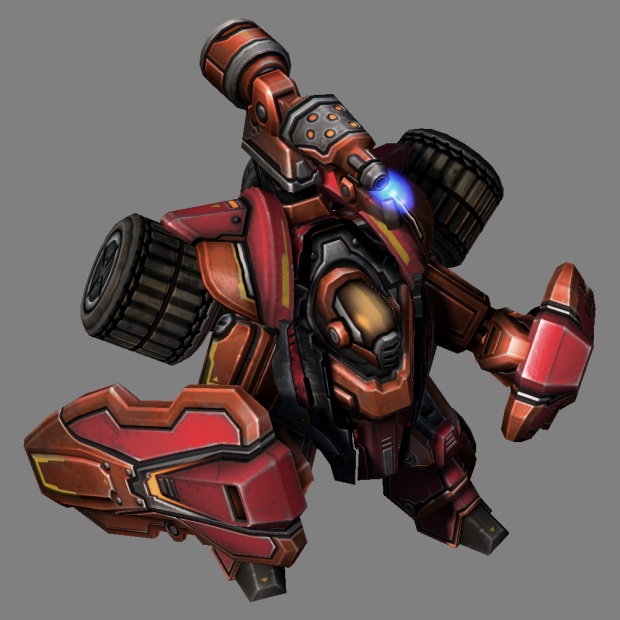
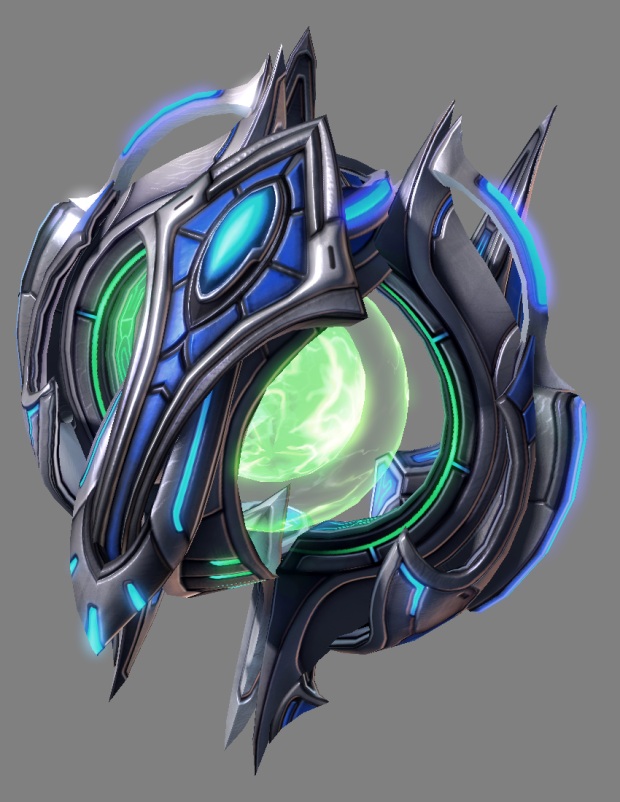
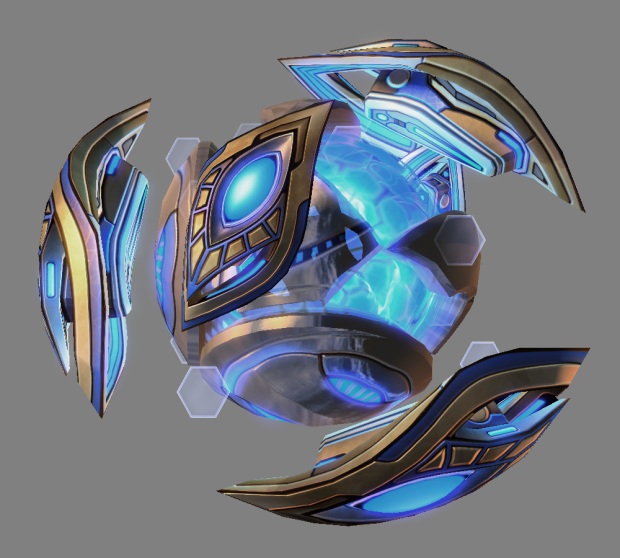
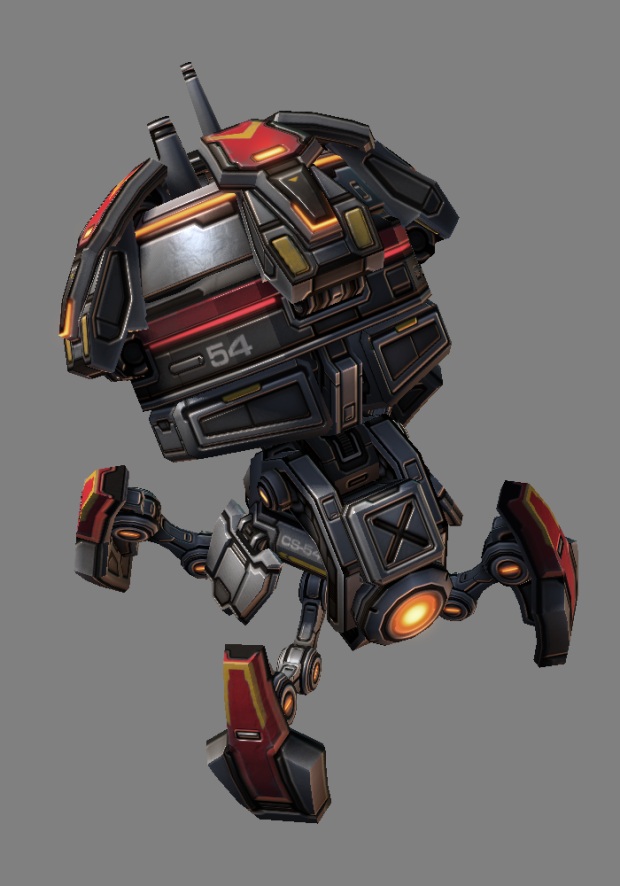
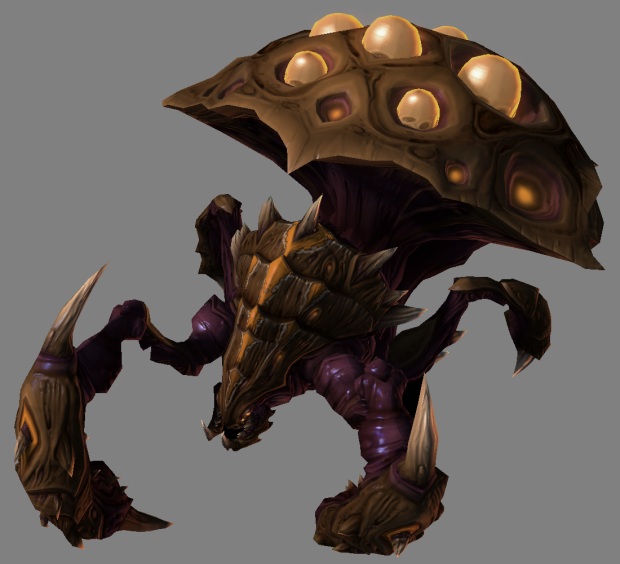

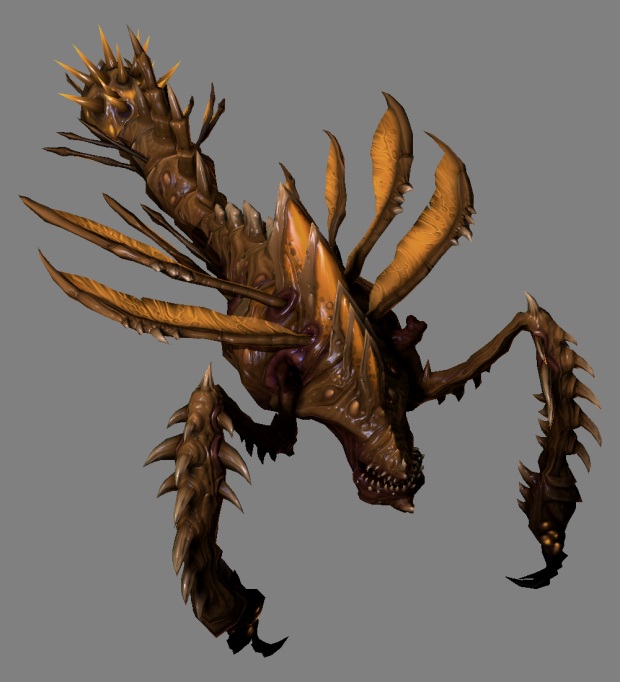
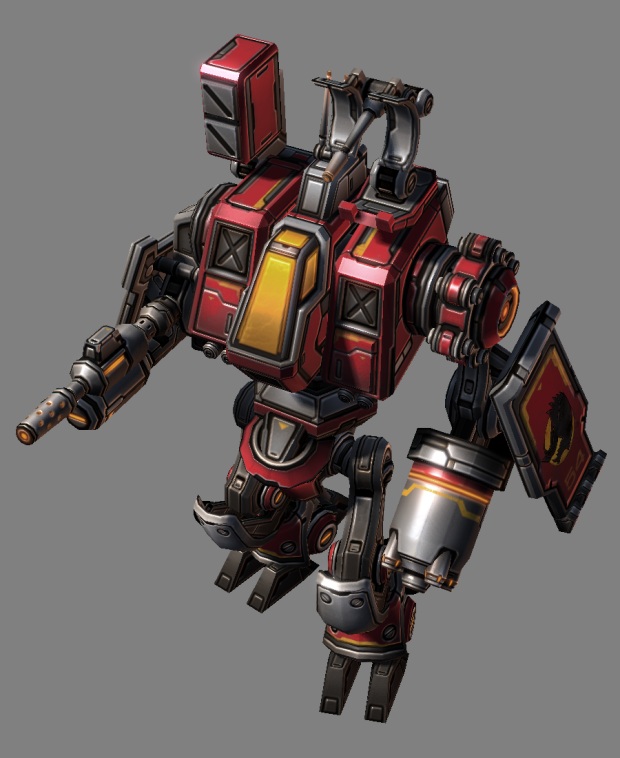

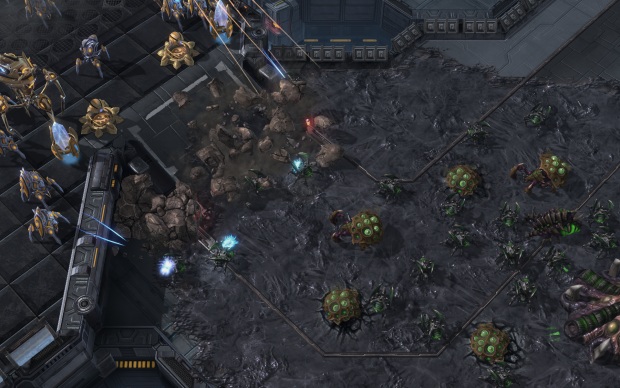
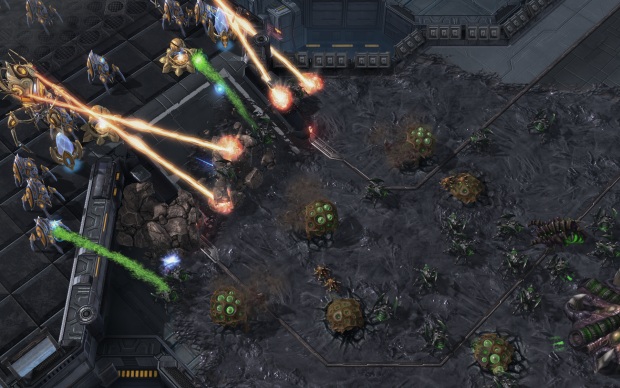
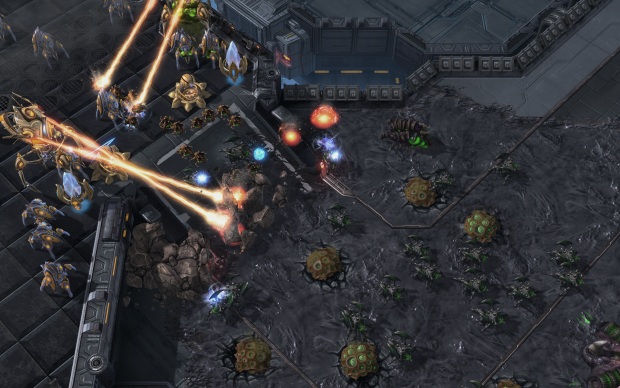
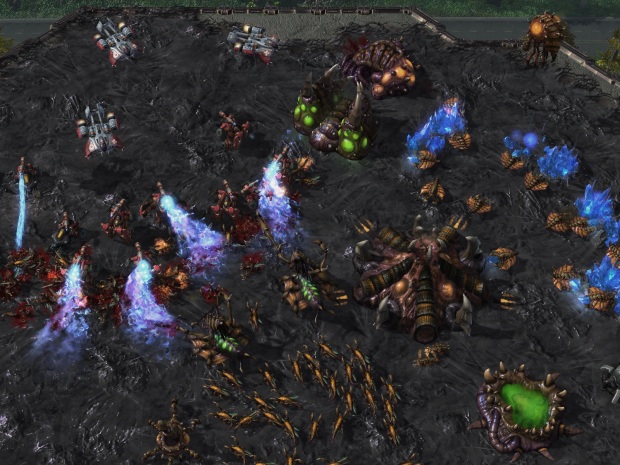
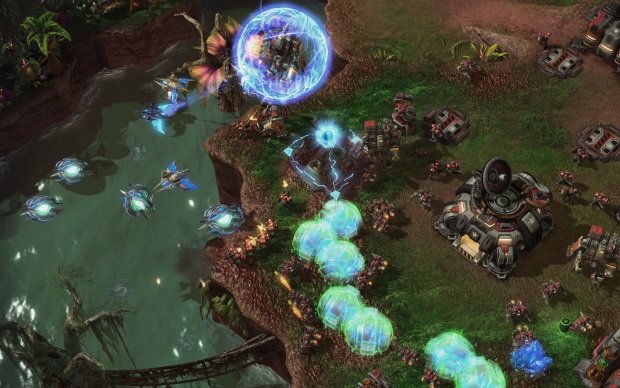
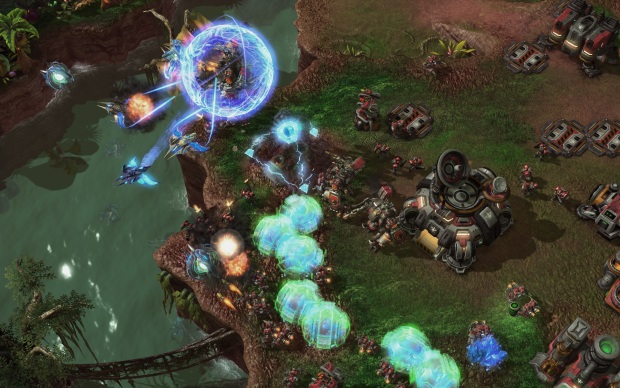
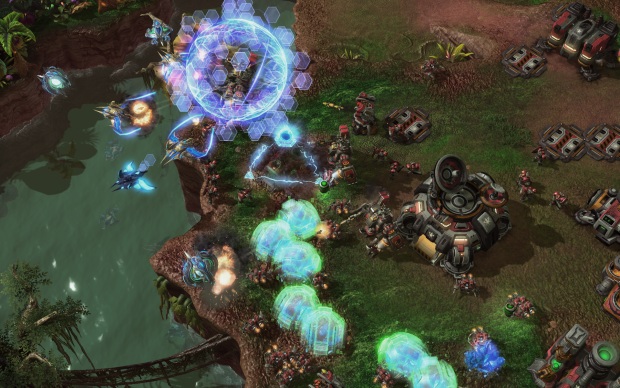
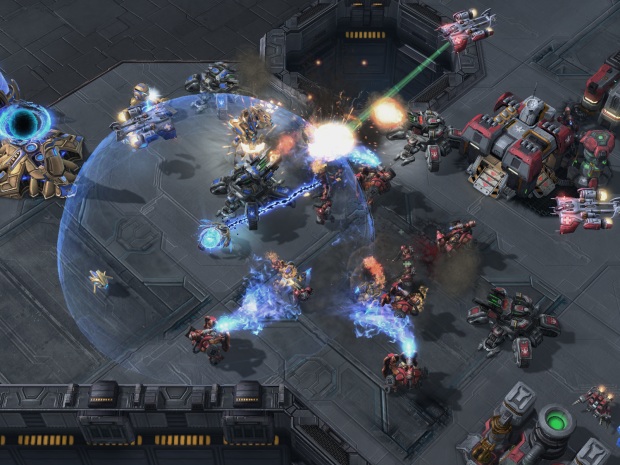
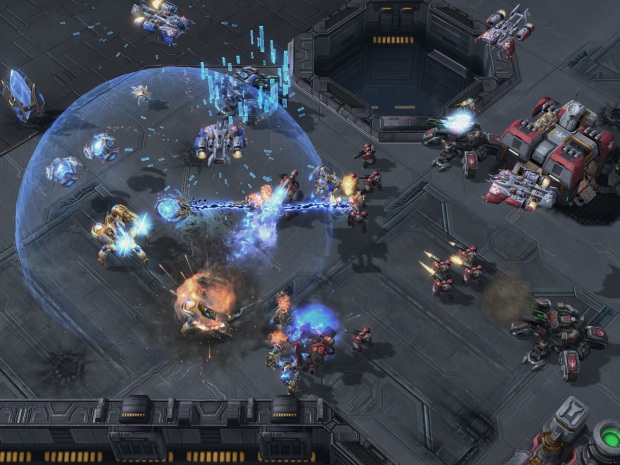
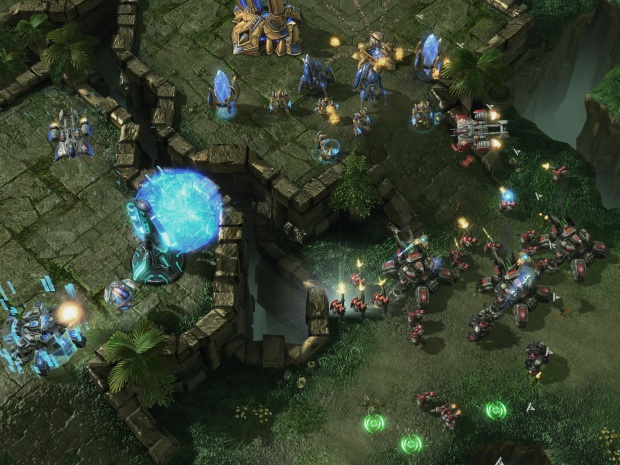
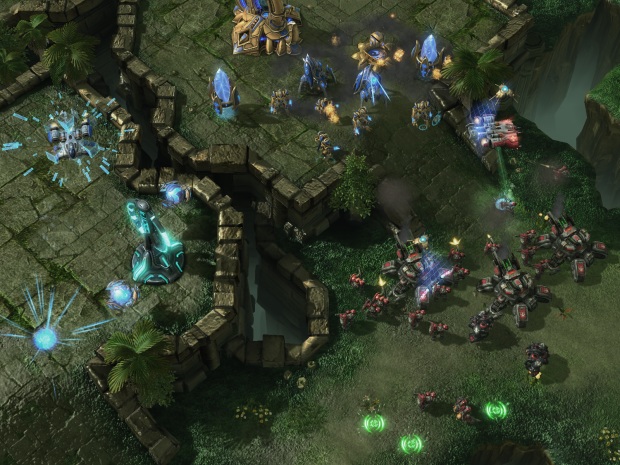
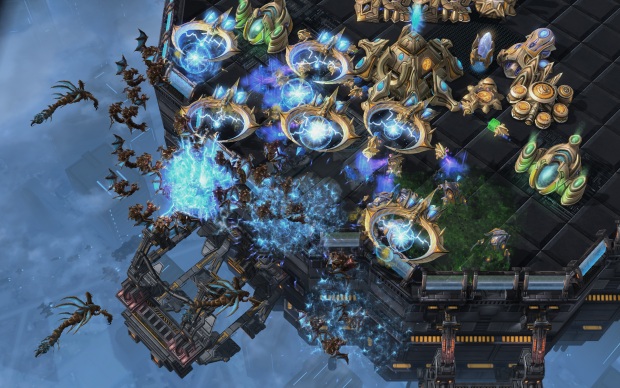
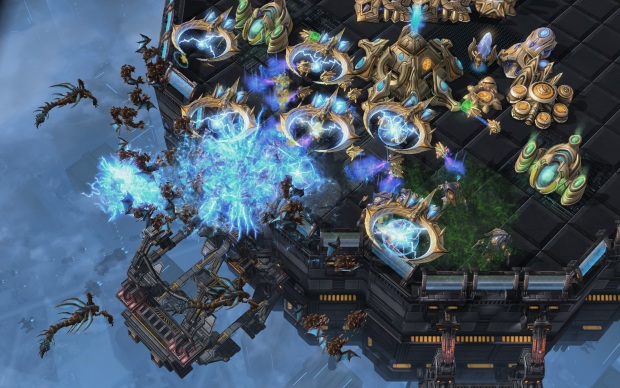
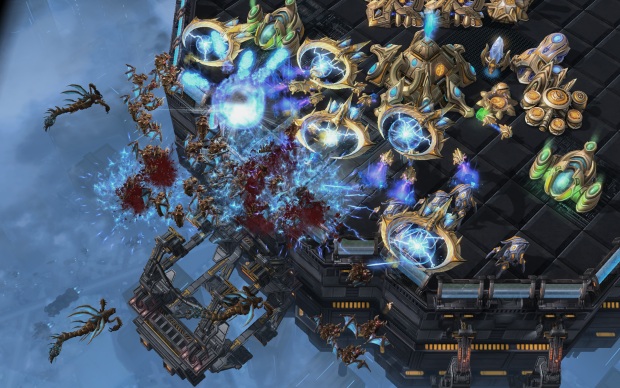
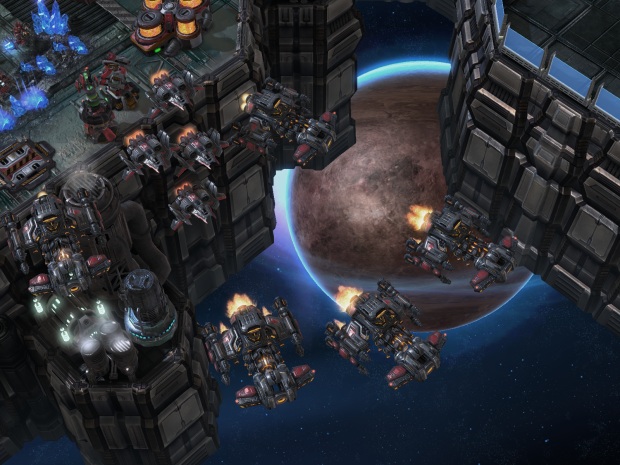
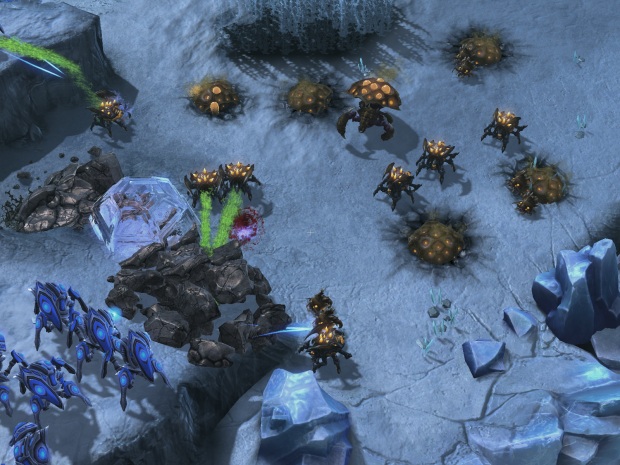
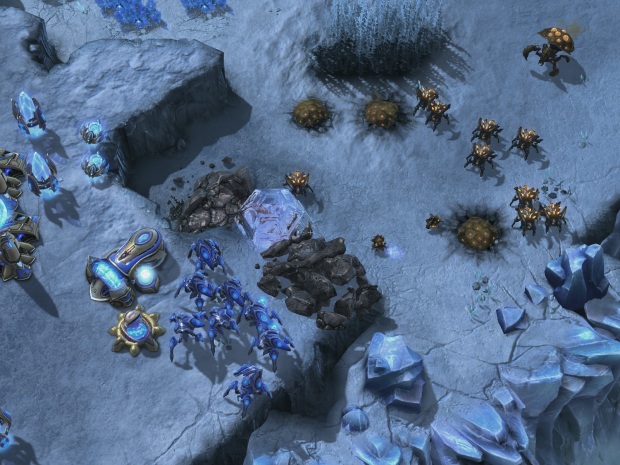
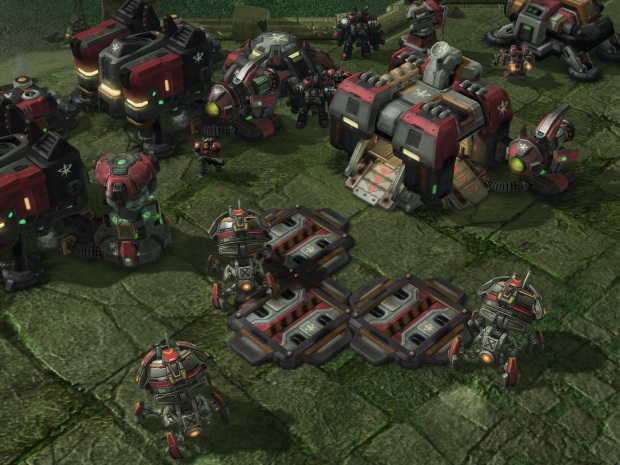
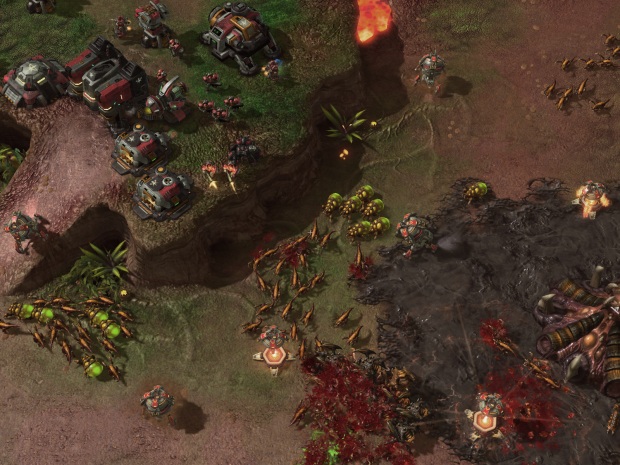
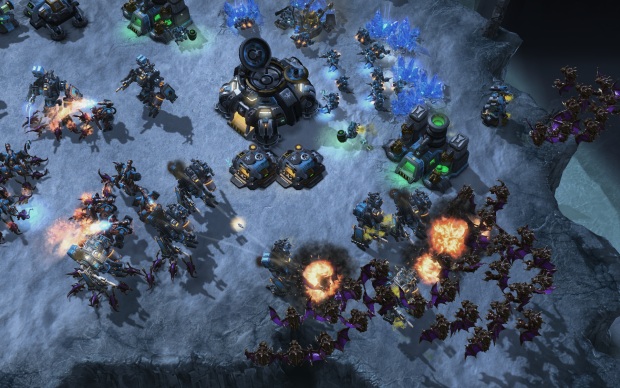
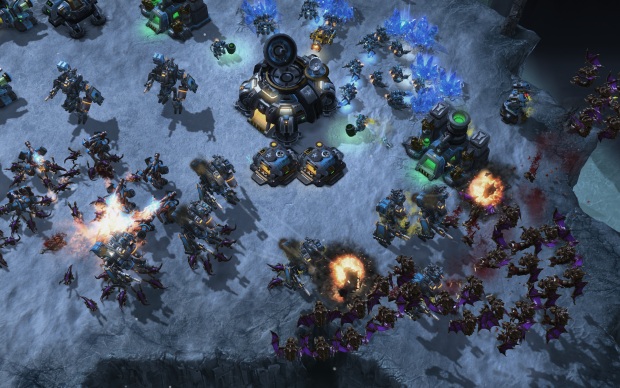
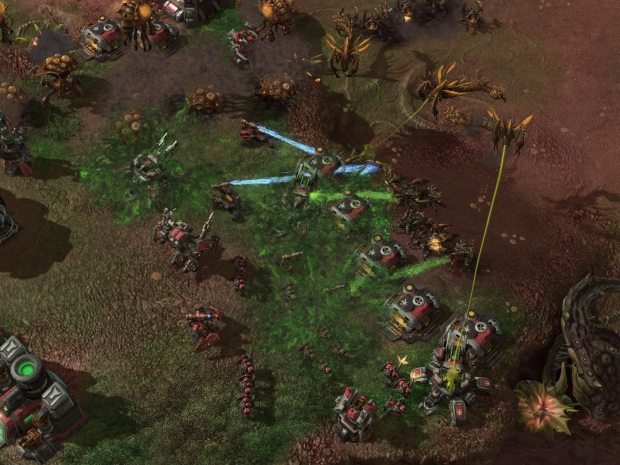
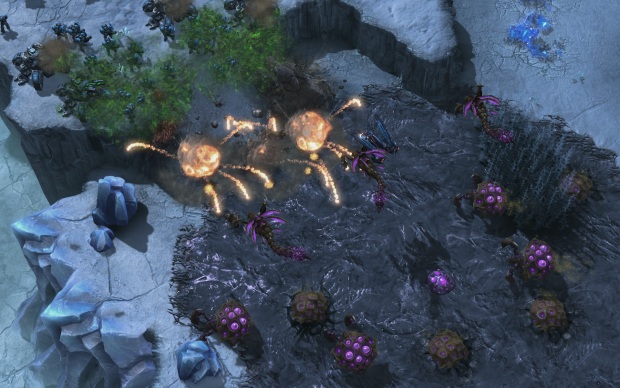
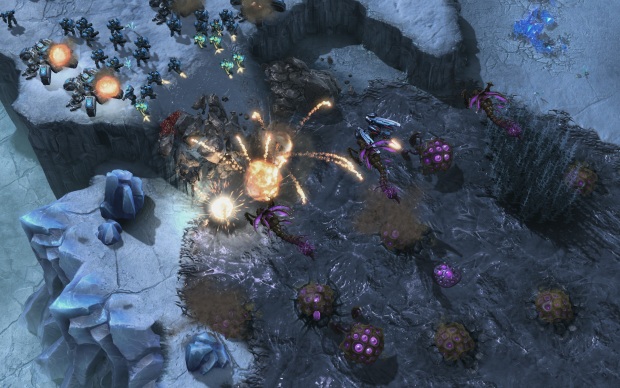
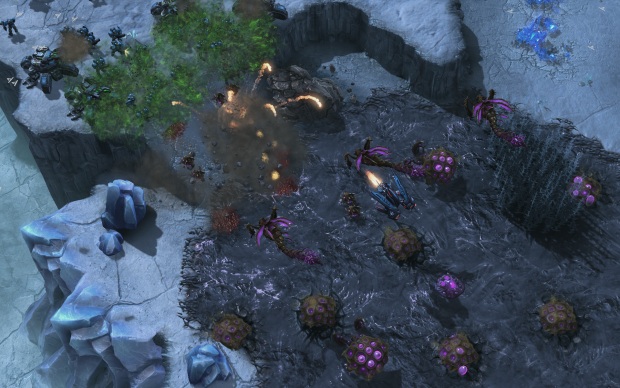
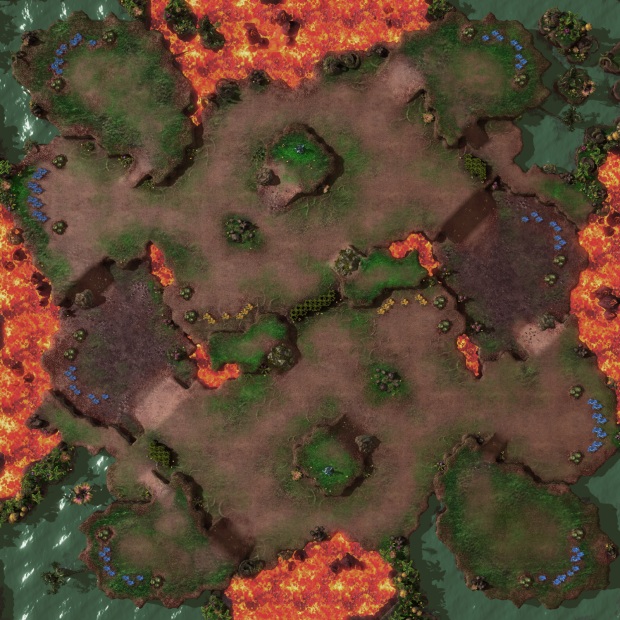
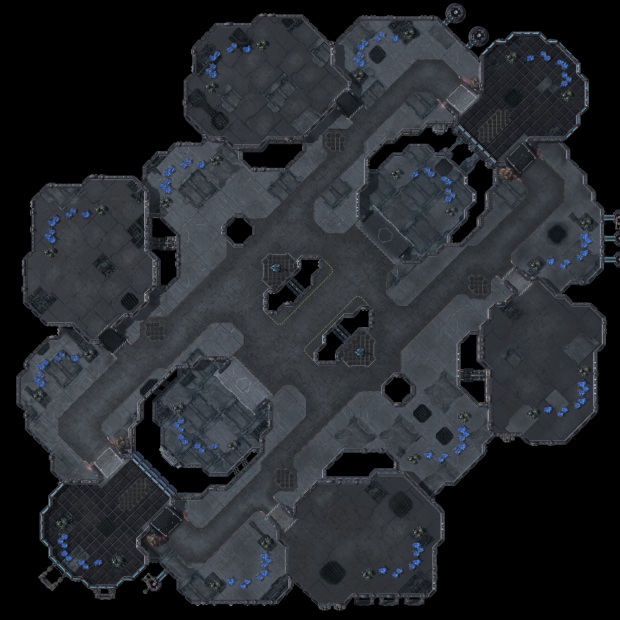
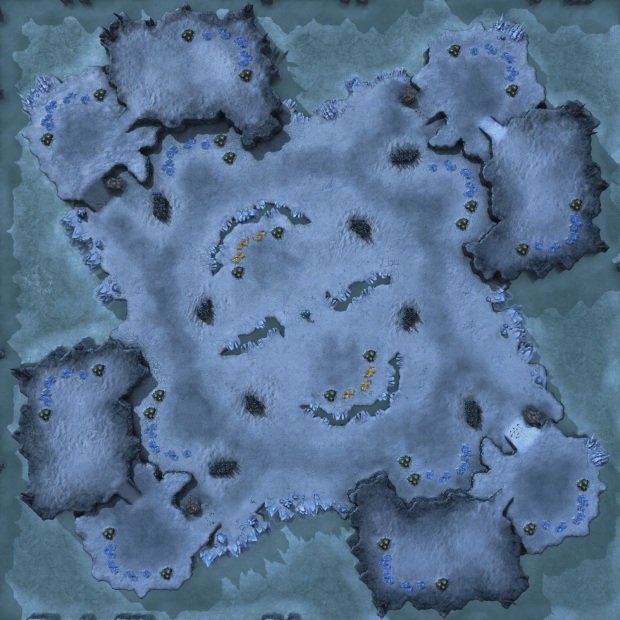

StarCraft II: Heart of the Swarm’s new multiplayer units were teased earlier this month with silhouette images on the official StarCraft Facebook fanpage. Then we caught a glimpse of them again earlier today in the latest Heart of the Swarm teaser, which debuted at BlizzCon 2011. Now, we finally have first screenshots and details on the new multiplayer units. Find out what Blizzard is working on to round out and expand armies for the terran, zerg, and protoss.
It should be noted that these new units and tweaks are still works in progress leading up to the last round of extreme balance testing in the upcoming Heart of the Swarm multiplayer beta. During a BlizzCon panel on the state of multiplayer, game director Dustin Browder emphasized that Blizzard will not hesitate to revise some of the abilities and changes described below, even if it means cutting units the team has invested lots of time in creating and testing.
New Zerg units and changes

Viper: The Viper will be a new air unit for the swarm, which will address the zerg’s weakness in overcoming heavily defended choke points.Balance designer David Kim also described the Viper as a way for the StarCraft II team to address missed opportunities with the zerg Overseer. Due in part to players’ limited use of the evolved Overlord’s abilities, the Viper is set to replace the Overseer in Heart of the Swarm’s multiplayer.
Blinding Cloud is an AOE ability that will reduce the attack range of all enemy units in it to 1. During an onstage demonstration, we saw several Vipers cast Blinding Cloud on a terran defended choke point with lots of bunkers. With the marines’ range reduced, a small group of banelings made quick work of the terran defenses. Abduct will pull an enemy unit to the Viper’s location and we saw it used to split up two well-placed protoss Colossi apart, allowing a small swarm of zerglings to make quick work of the walking giants, which would have normally cut through the zerglings easily. Ocular Parasite will be how zerg players detect cloaked units without the Overseer to keep an eye on things. When cast, the Viper’s eyestalk will detach and meld with a friendly unit, making it a detector.

Swarm Host: Going along with the StarCraft II team’s plan to help zerg players break through defenses and gain control over the map, the Swarm Host will be the zerg’s new artillery unit. When burrowed, Swarm Host’s will spawn groups of Locusts, which will put pressure on well defended areas. Although the Swarm Host doesn’t have any traditional attacks and even though the Locusts are weak, they can be used in groups to keep steady pressure on bunkered in opponents.
Zerg players can also look forward to some exciting new changes for the Ultralisk, Banelings, and Corruptors. With a new Burrowed Charge ability, Ultralisks will be able to dash forward, surfacing right in the middle of enemy unit groups. And if you thought Banelings were fun before, you’ll be exciting to hear that they can now move while burrowed as well. The Corruptor’s Corruption ability will be removed and replaced with Siphon, which will introduce a new way to harass by damaging buildings and converting that damage to resources.
New Terran units and changes

Warhound: Think of the warhound as a mini-Thor. Beware protoss. The new Factory unit will be smaller and quicker than its bulky predecessor and will do increased damage to mechanical units. Like the Thor, the Warhound will be equipped with anti-air missiles, though its range will be reduced.

Shredder: The Shredder is the terran’s new radiation robot and will offer cheap map control options for terran players. Set it to stationary mode and it will destroy enemies with a vicious AoE attack. The downside to this device is that it shuts down when friendly units are nearby, so you’ll need to keep them away from your army in order for it to be effective.
According to Blizzard, the Thor was too bulky and awkward to move around, which is why the terrans decided to make them bigger. Players will only be able to have one Thor from now on, but it’ll be the epic tank it was meant to be, doing more damage and shrugging off attacks. With the Warhound’s anti-air missiles keeping fliers at bay, the Thor’s missiles have been replaced with a more powerful bombardment attack. Players will not need an Armory and Fusion Core to build a Thor and the Schwarzenegger-like pilot that mans it.
The Hellion will be more than meets the eye with a new transformation ability. In its humanoid form, the Hellion will gain hit points and a stronger flame that fires in an arc. Blizzard hopes will make the unit more useful as an end game fighter. The Ghost’s cloak ability will also be tweaked and will now cloak the unit for a set amount of time when used, freeing players from having to toggle it on and off to manage the Ghost’s energy. Like the Ultralisk, Battlecruisers will also gain more ability with a Redline Reactor, a new cooldown that’ll give your ship a significant speed boost.
New Protoss units and changes

Tempest: This will be the protoss’ new bread and butter for air control. Although it has an air-to-ground attack, the Tempest will excel at controlling airspace with an extremely powerful AOE attack. During a brief demonstration at a StarCraft II multiplayer panel, we saw a small squad of Tempests make quick work of a massive cloud of mutalisks.

Oracle: This new unit will introduce several unique ways to harass. Entomb can be cast on mineral fields making blocking worker units from harvesting resources. Phase Shift can take buildings out of play temporarily, preventing them from attacking, producing units, or granting research bonuses. Combine them, and you can disable a group of Spore Crawlers to make it safe for your Oracles to Entomb a line of minerals to hurt your opponent’s economy. While you’re harassing with your Oracles, you can also gather some intel with Preordain, which can be cast on a building to see what is being researched. It also grants you vision of the affected building.

Replicant: The most interesting new unit introduced, the Replicant is like the ultimate Changling. It’s only ability is to transform itself into a clone of an enemy unit in sight. The Replicant version of the cloned unit will also have all of those units upgrades even if the opponent hasn’t researched them yet. Imagine cloning a terran Banshee without cloak researched and then flying back to your opponent’s base to harass him with a better and invisible clone. Currently, the Replicant can also clone workers, which will allow you to start building up non-protoss buildings. An exception is in place for the terran’s orbital command, as the possibility of a protoss army with a Scanner Sweep on hand seems too overpowered. Keep in mind that Replicants are expensive, encouraging players to use them sparingly and strategically.
The iconic protoss Carrier and the Mothership will be cut from Heart of the Swarm’s multiplayer. According to Blizzard, this is to “maintain balance and eliminate redundancy.” That being said, new abilities will be added to the protoss Nexus. Arc Shield will temporarily buff a building’s armor and shield and will arm it with a cannon. This cannon will do the same amount of damage as a photon cannon, but will only target light units. Mass Recall will summon units back to your base, but the trip will stun them for a few seconds.
Check out our gallery below for more screenshots of the new units in action. For more on Heart of the Swarm’s singleplayer campaign, check out our hands-on preview to find out what it’s like to lead the zerg into battle as Kerrigan.
Oct 21, 2011


